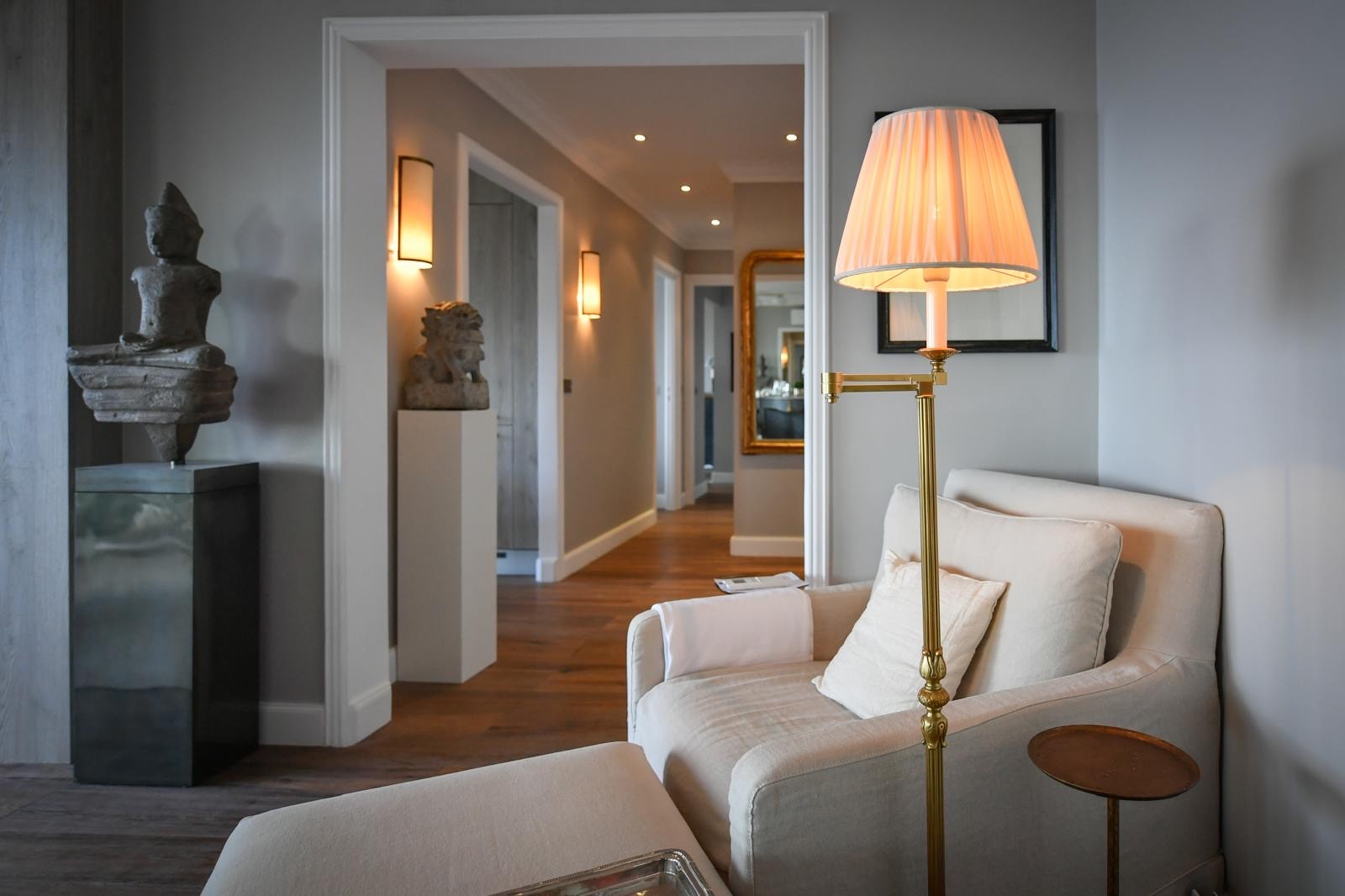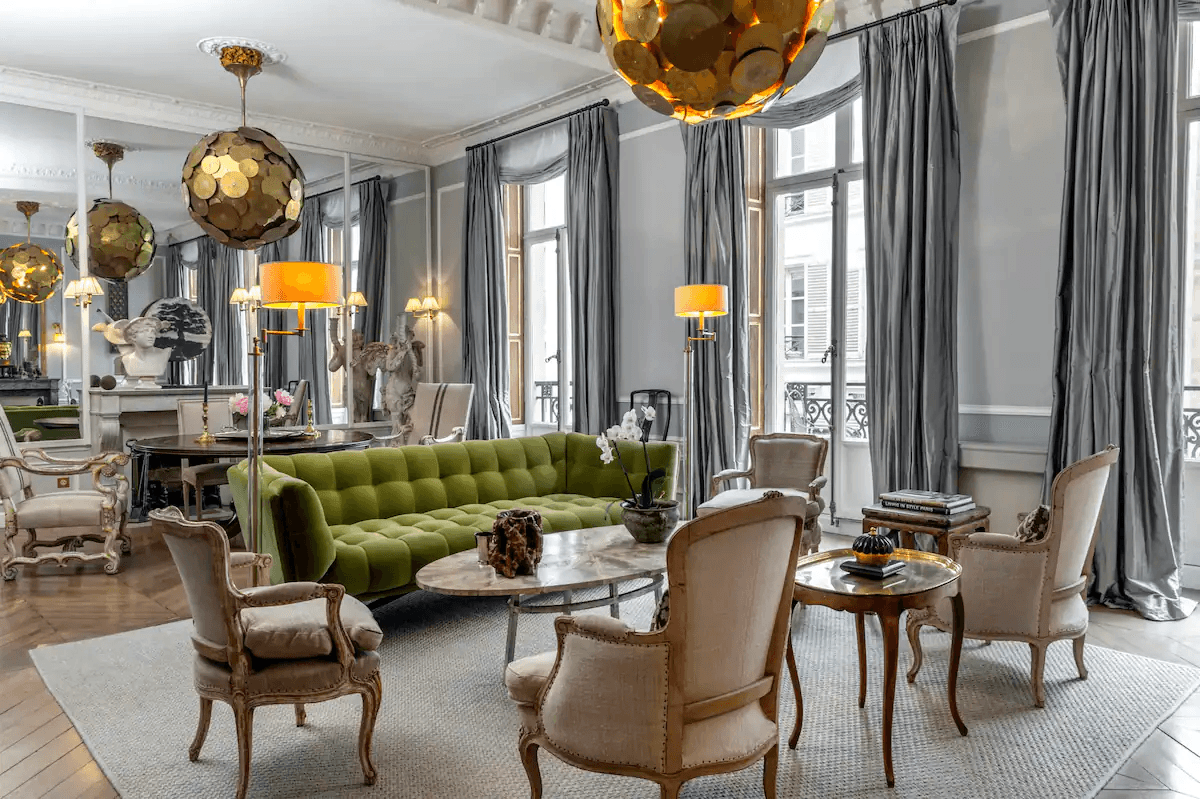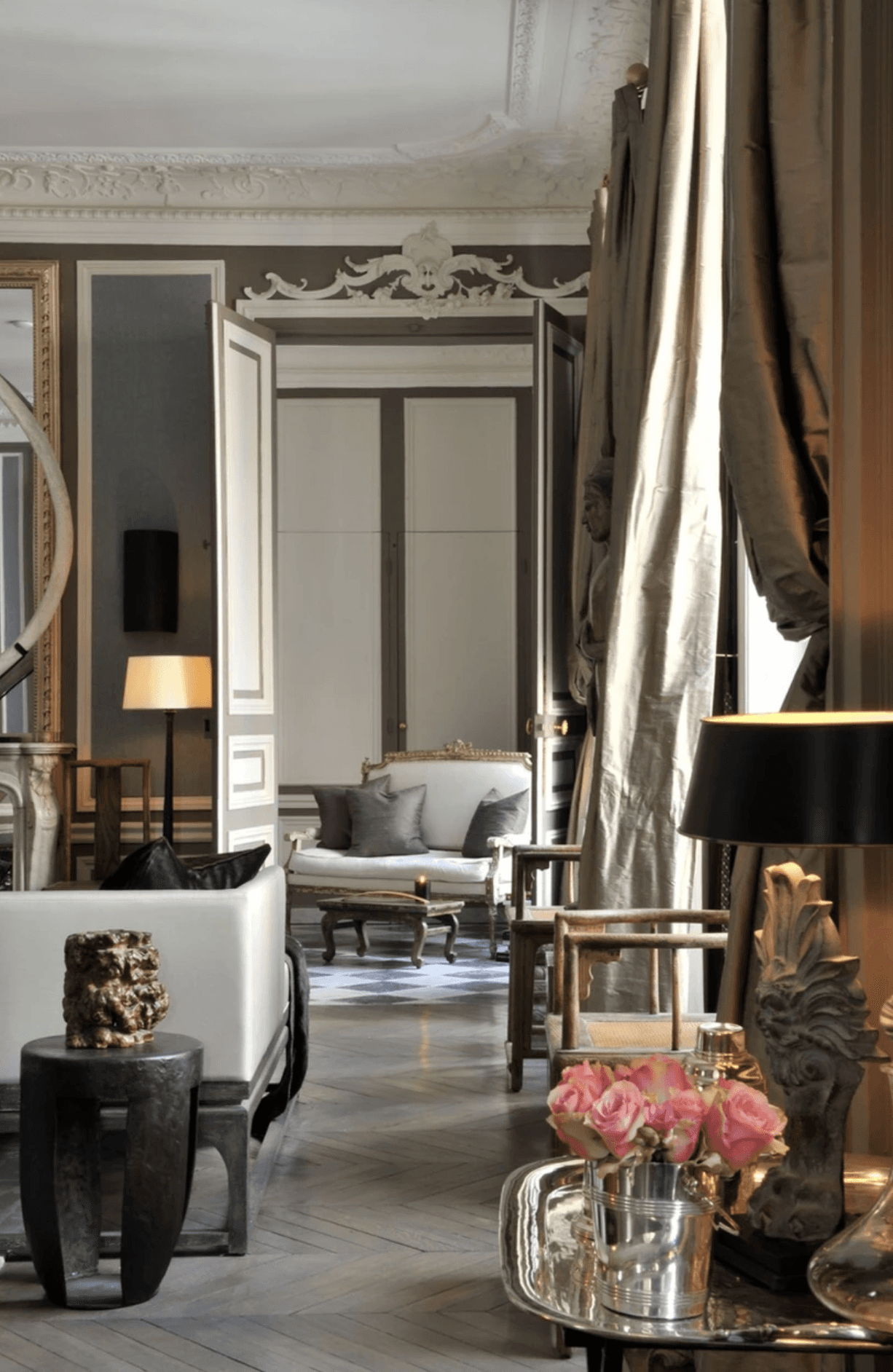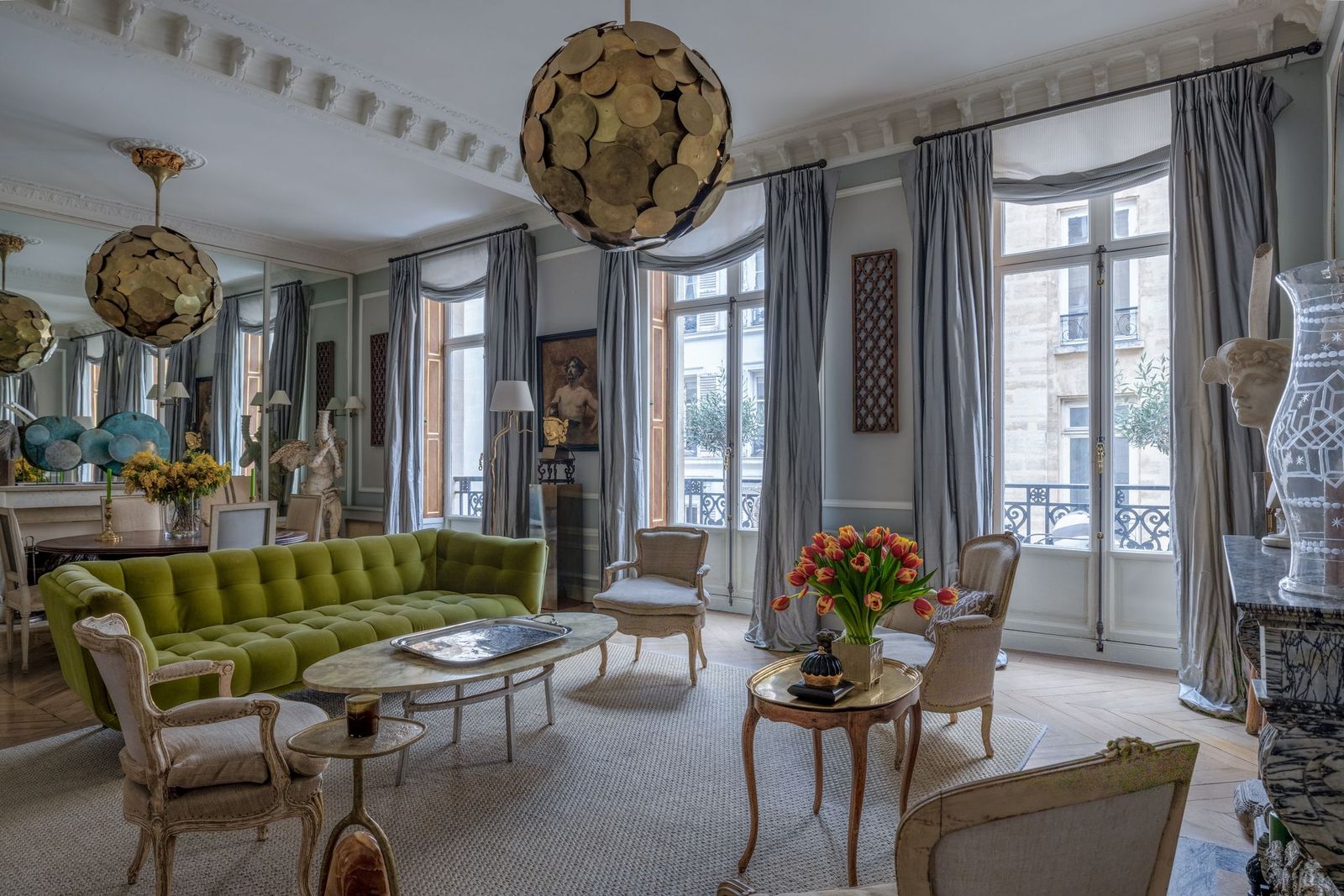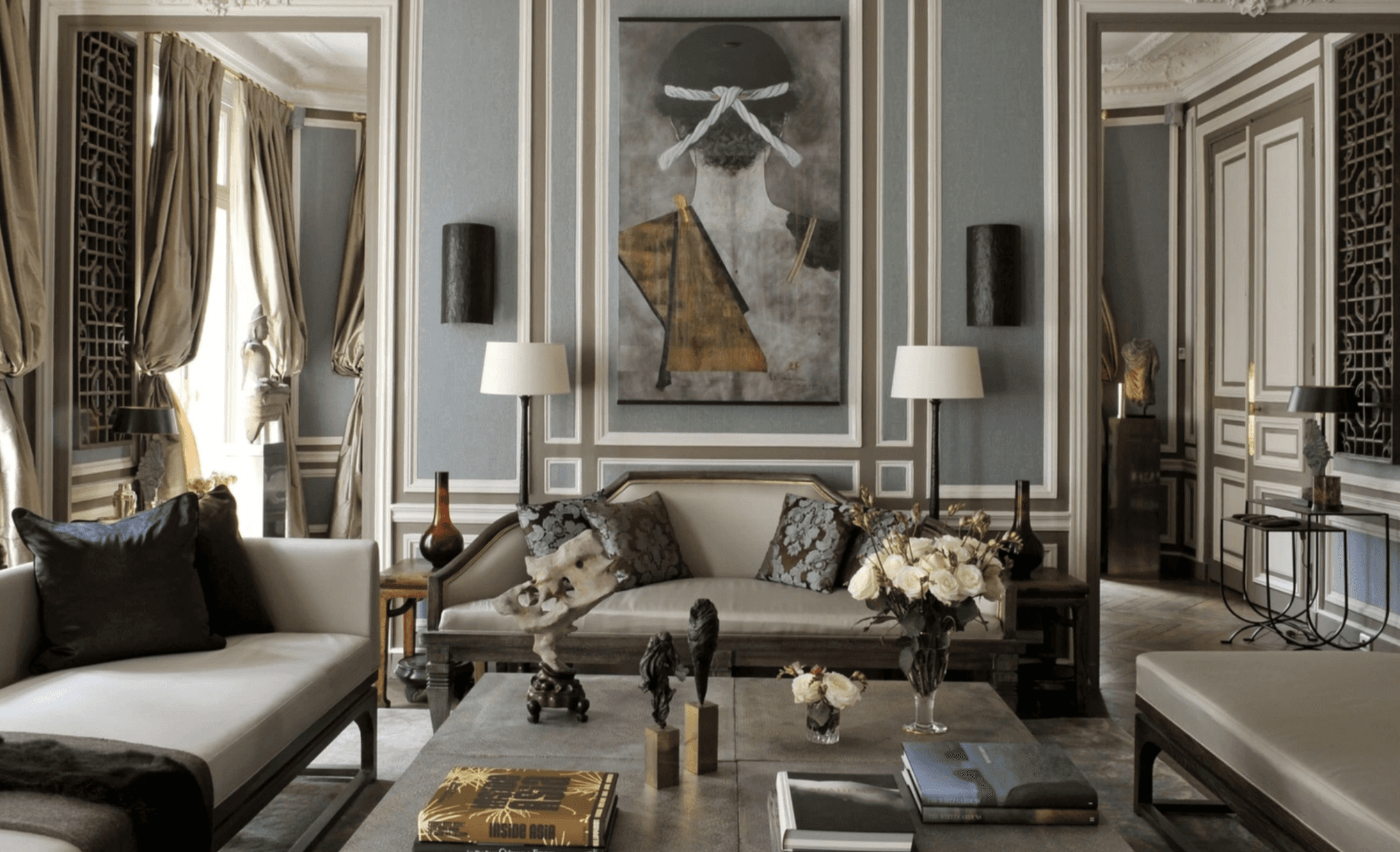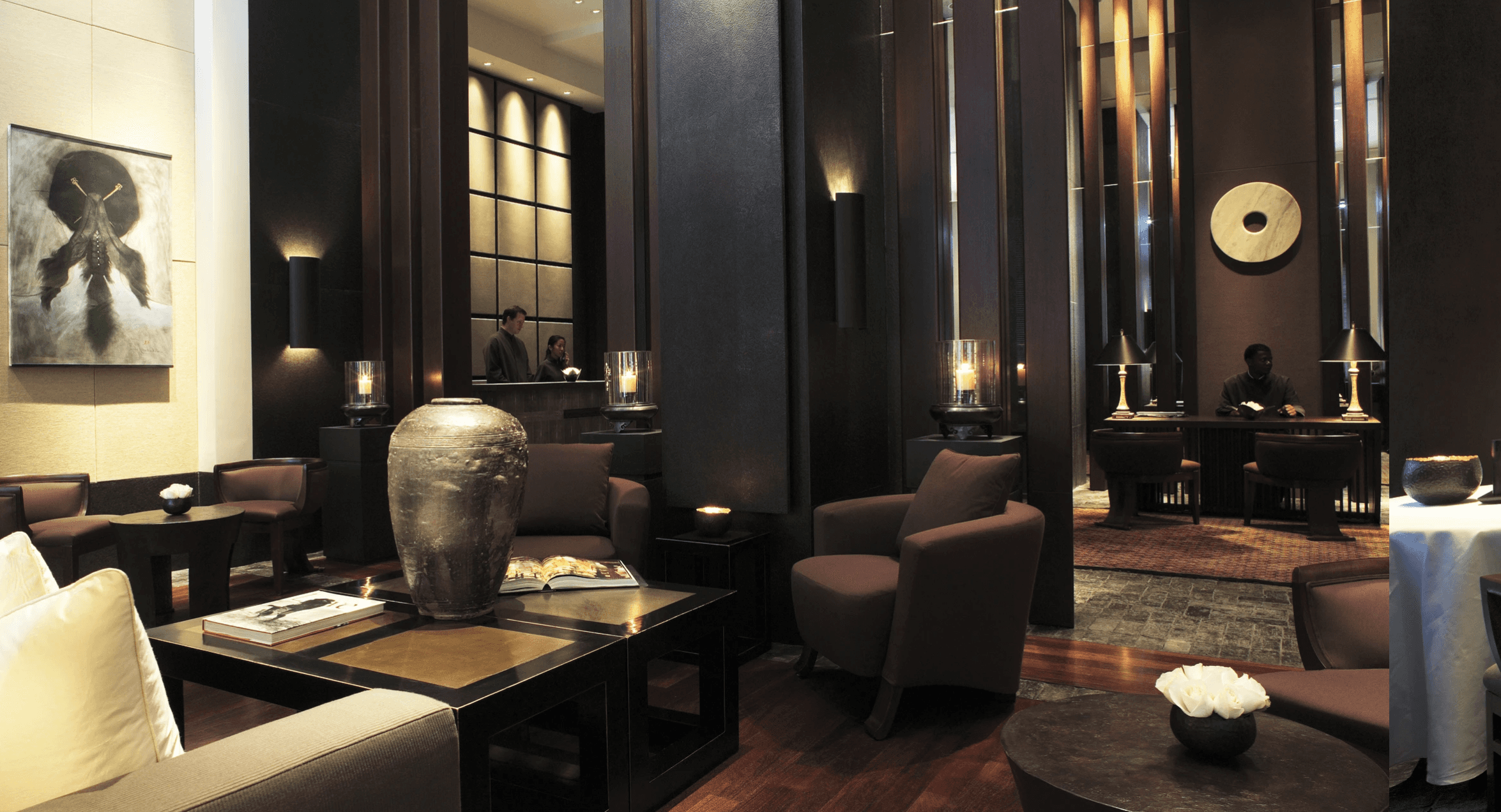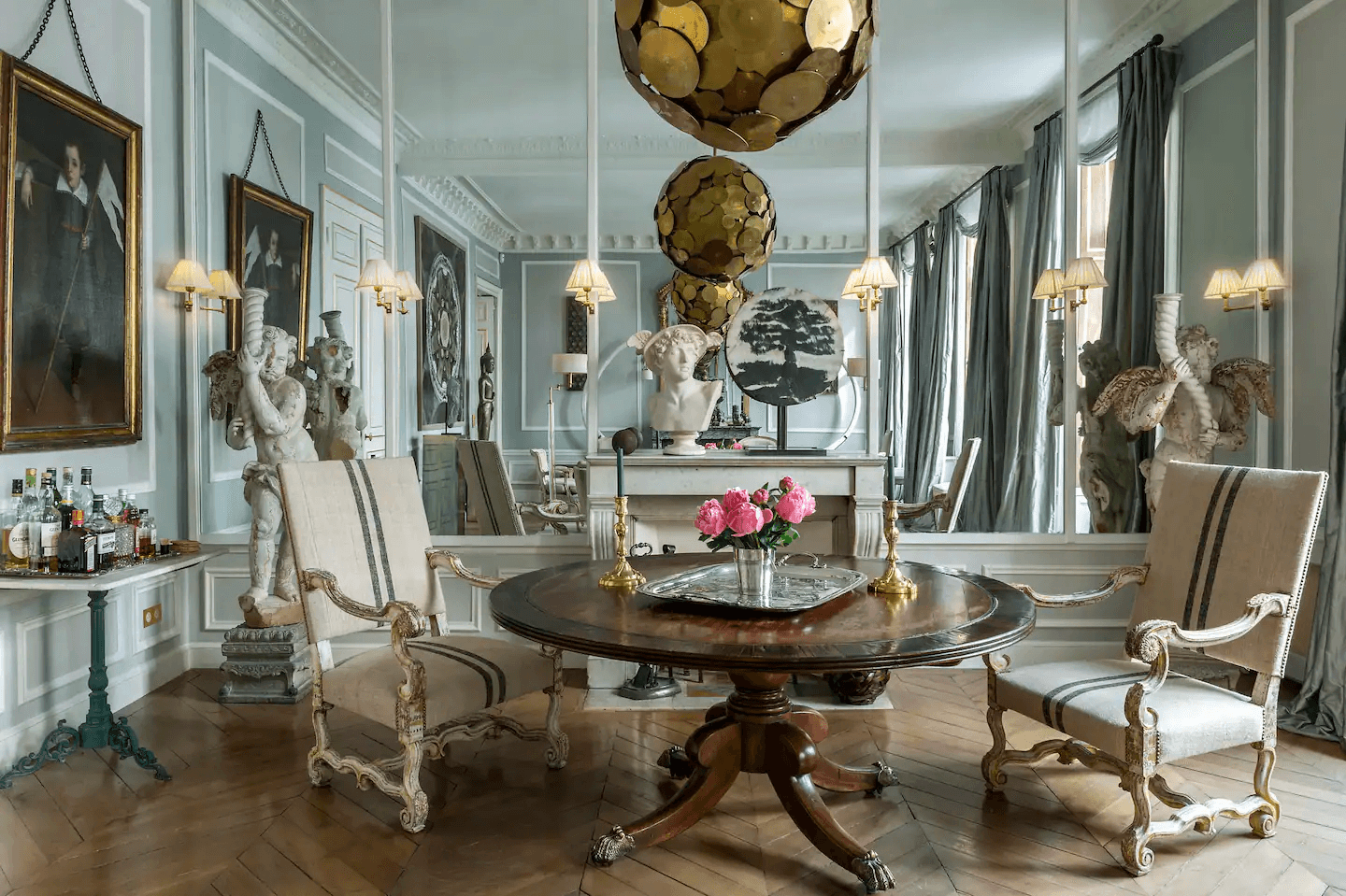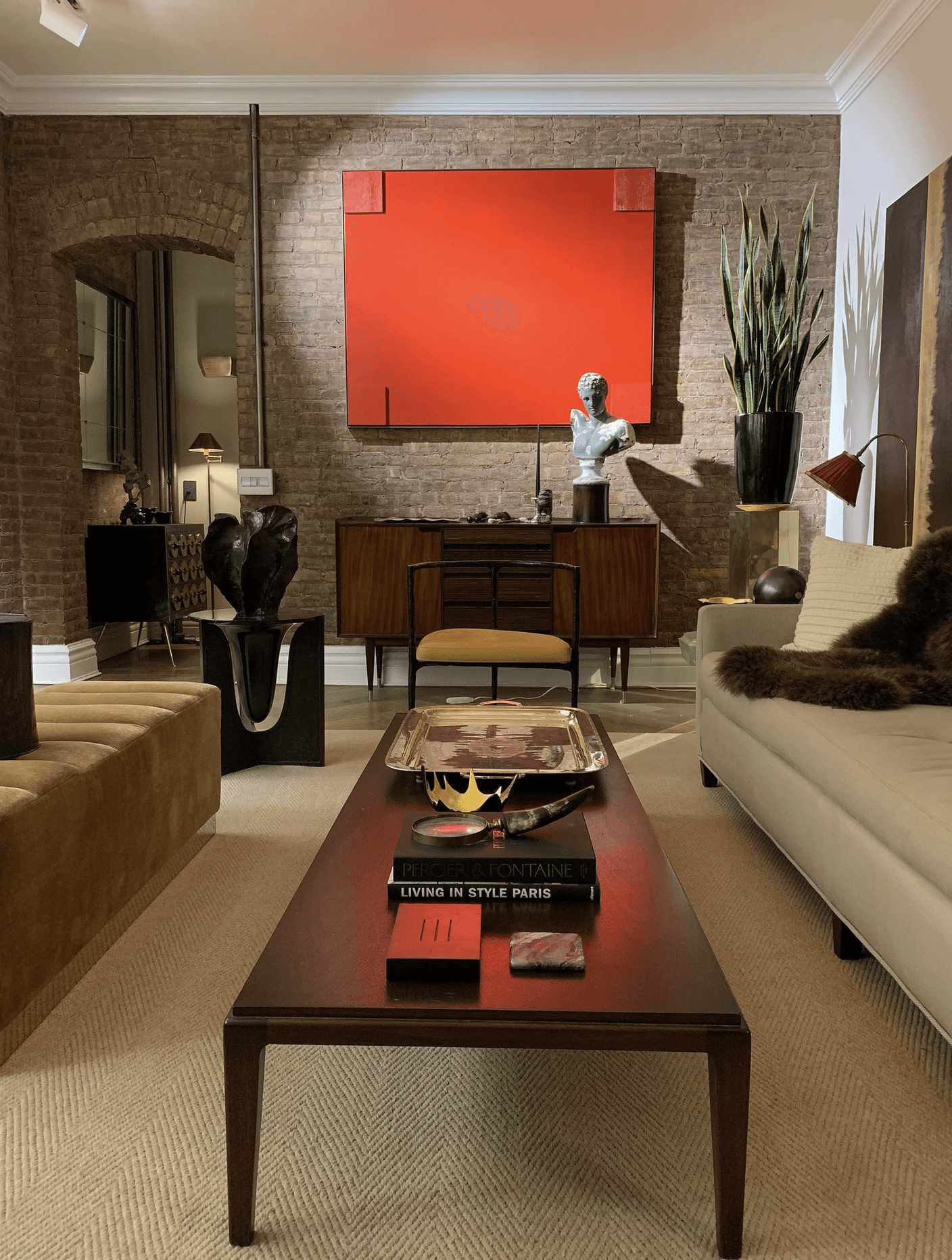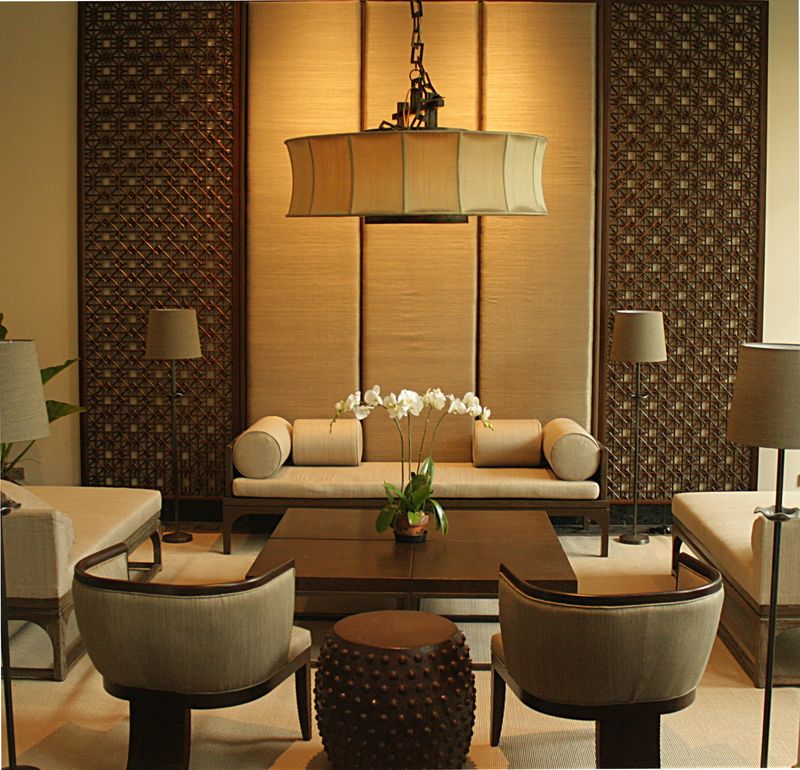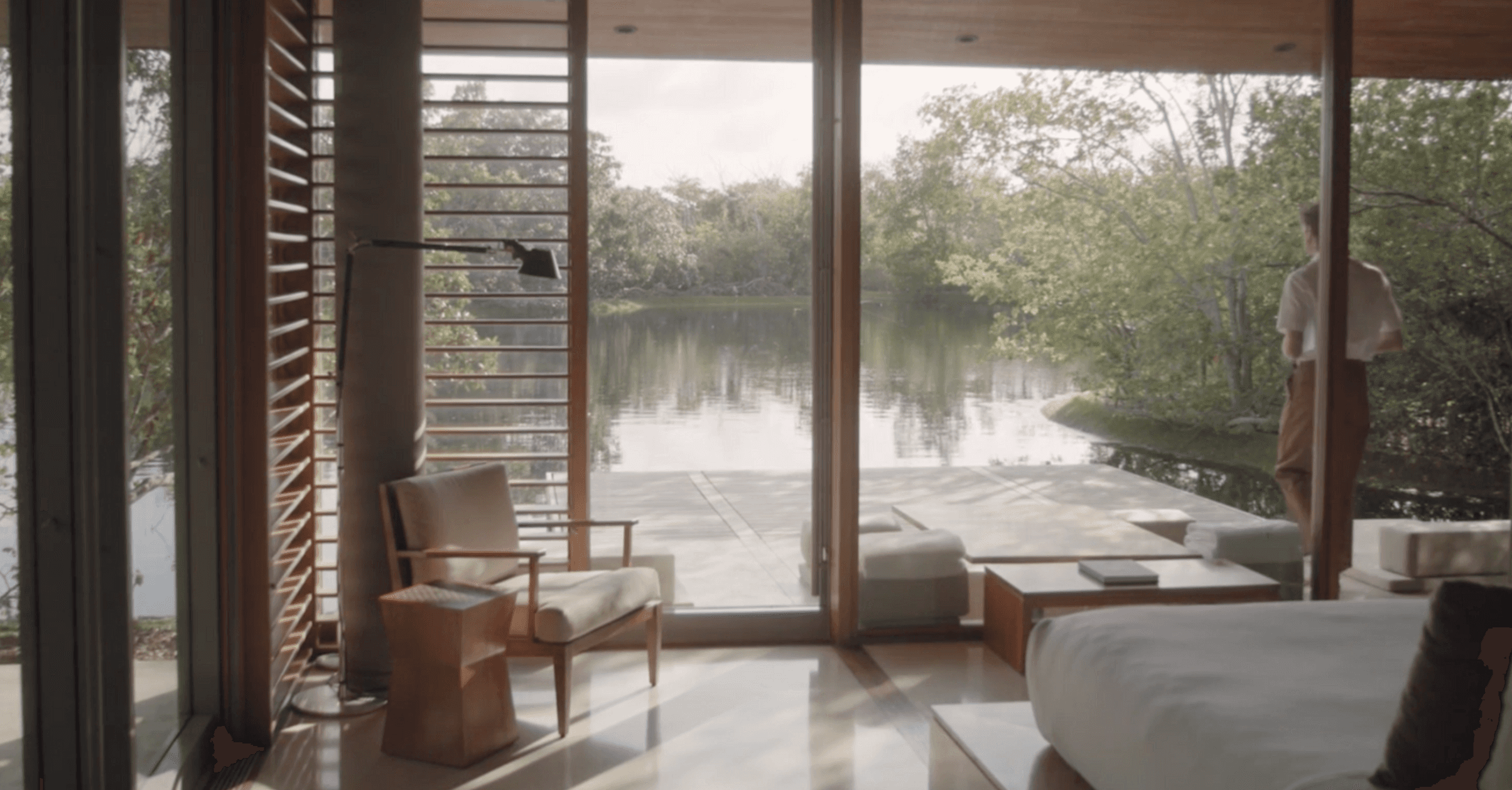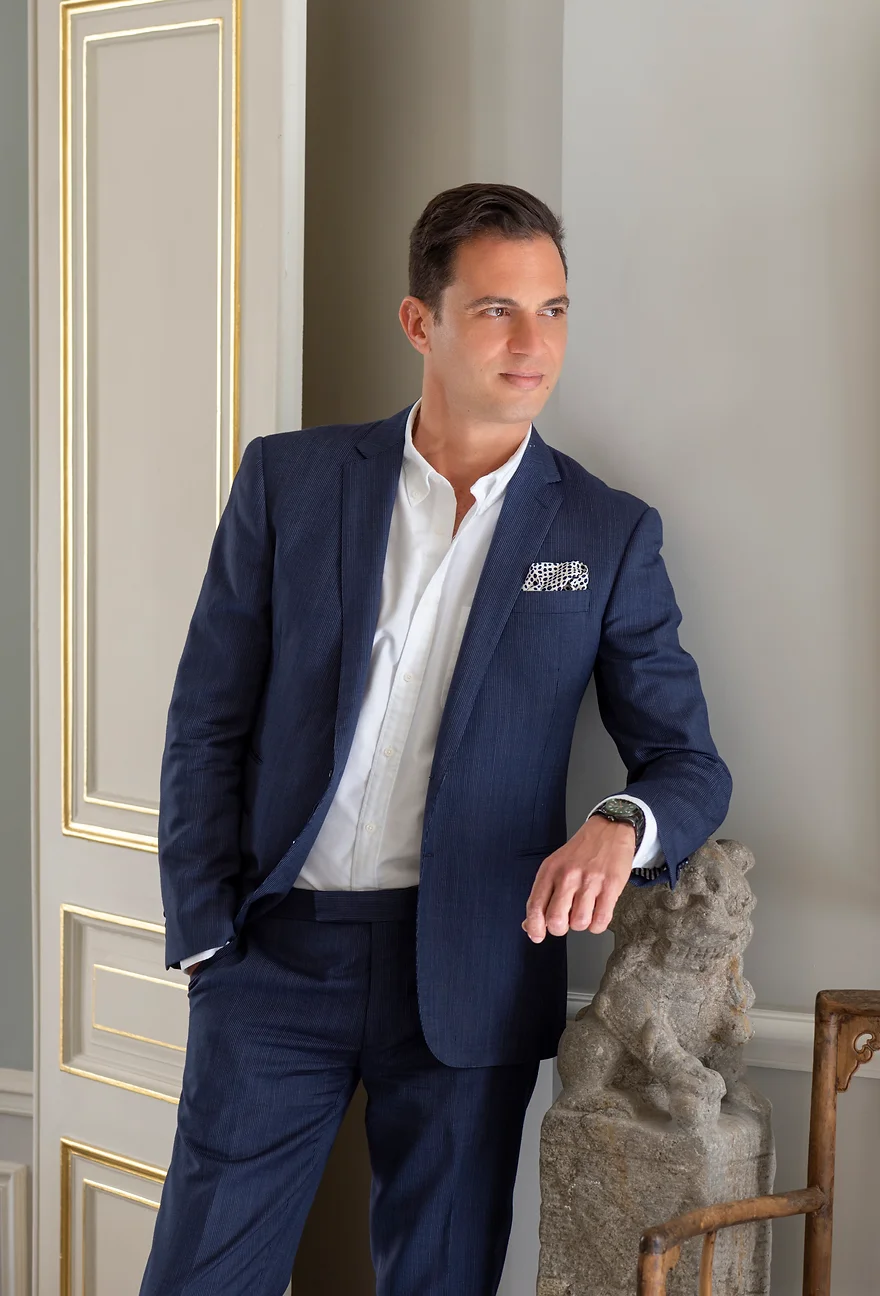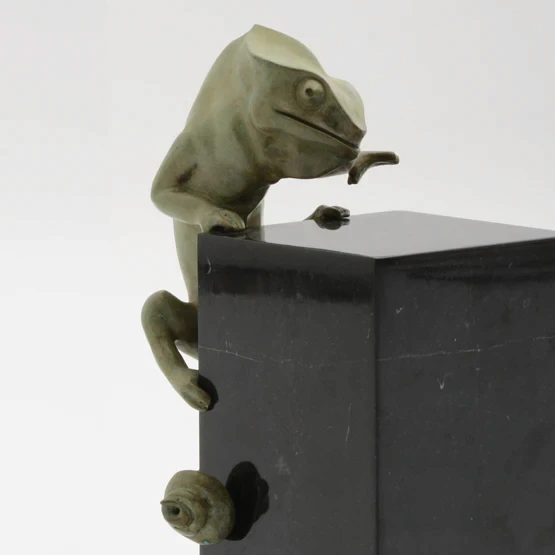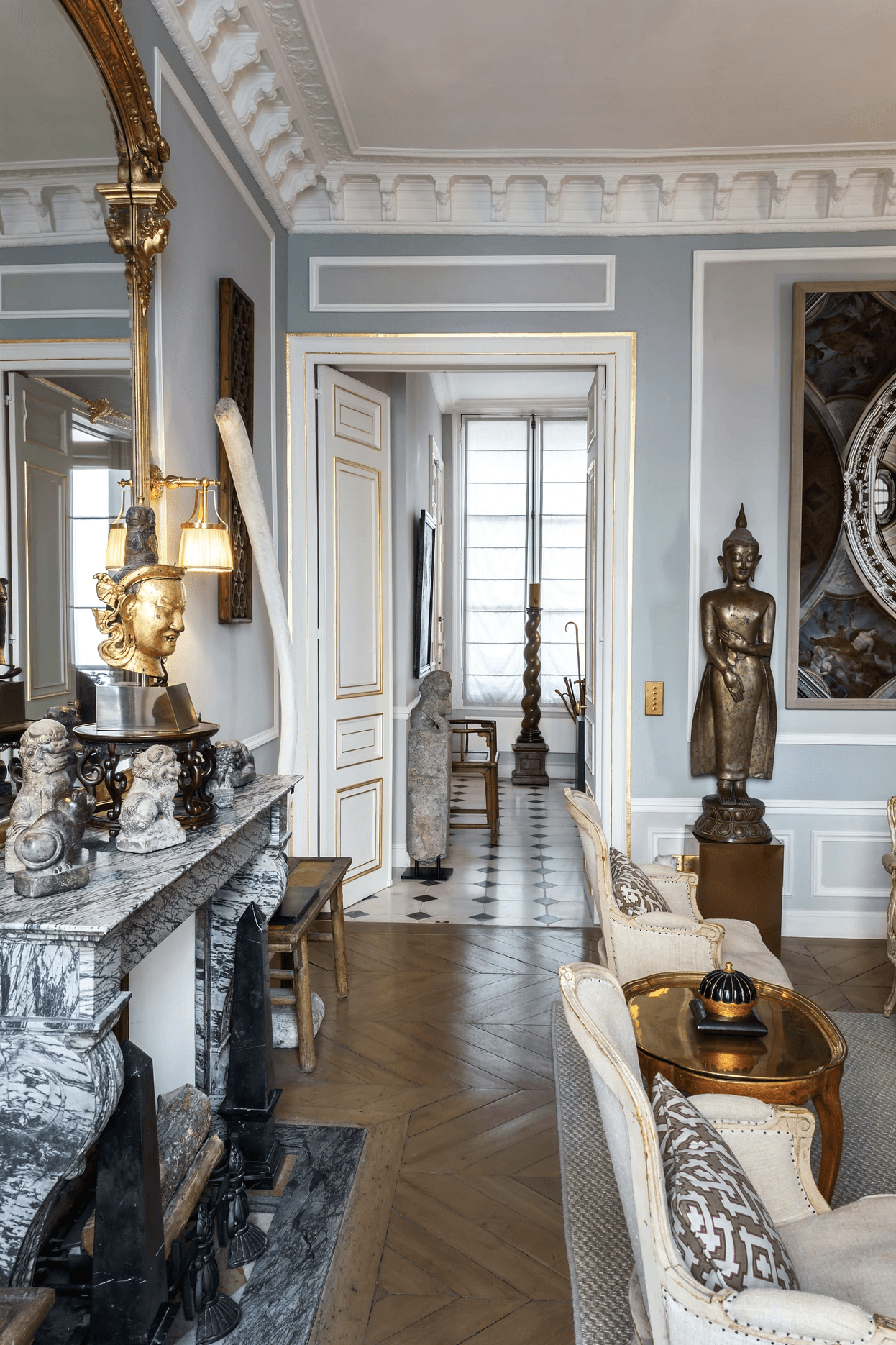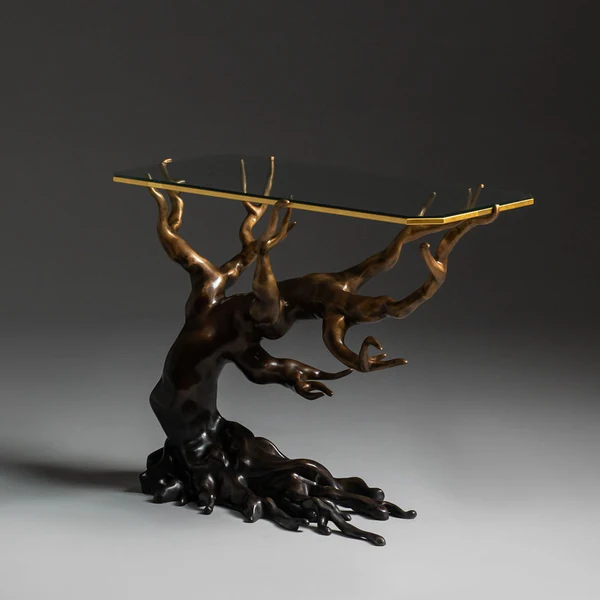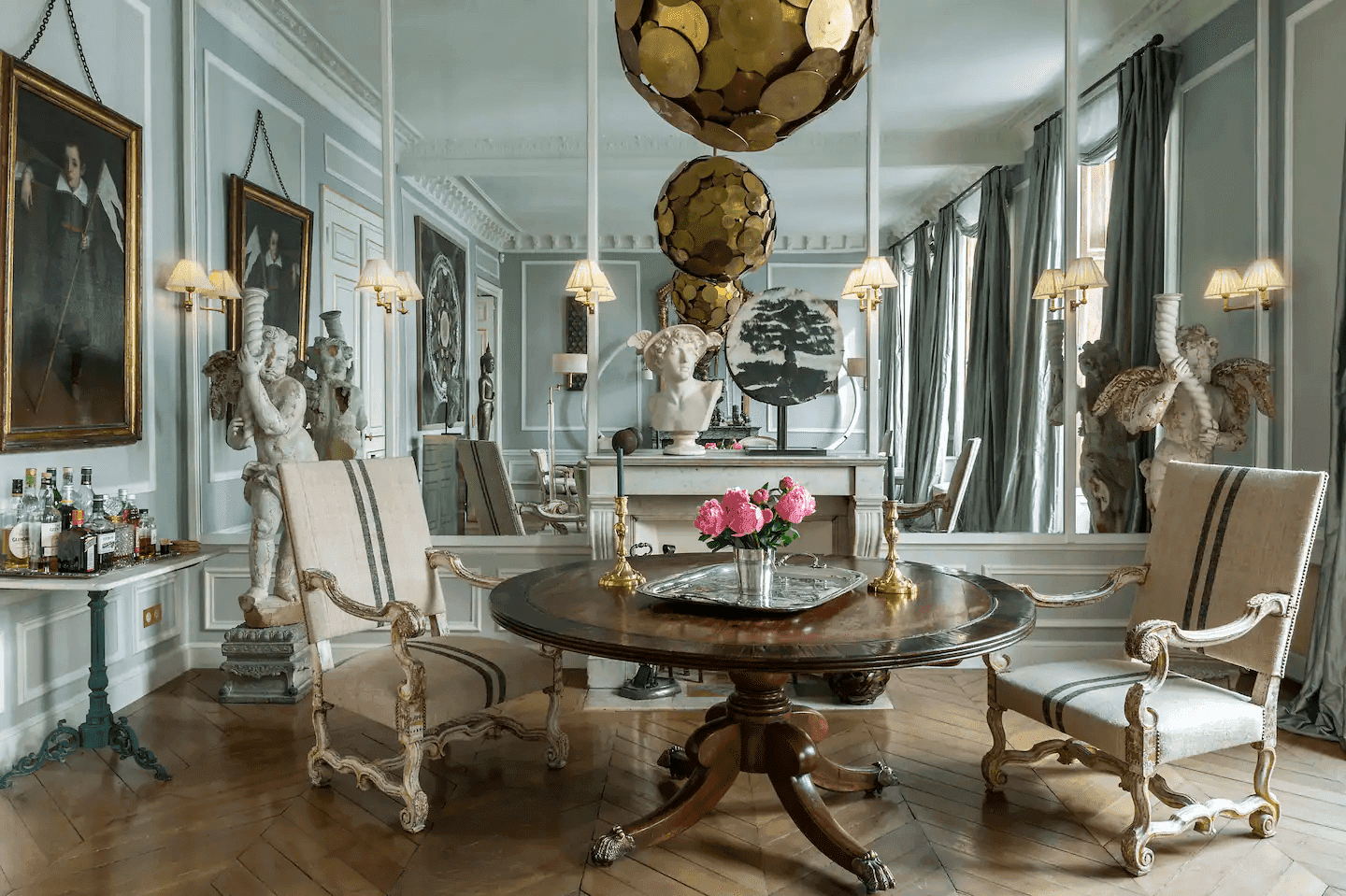Tips
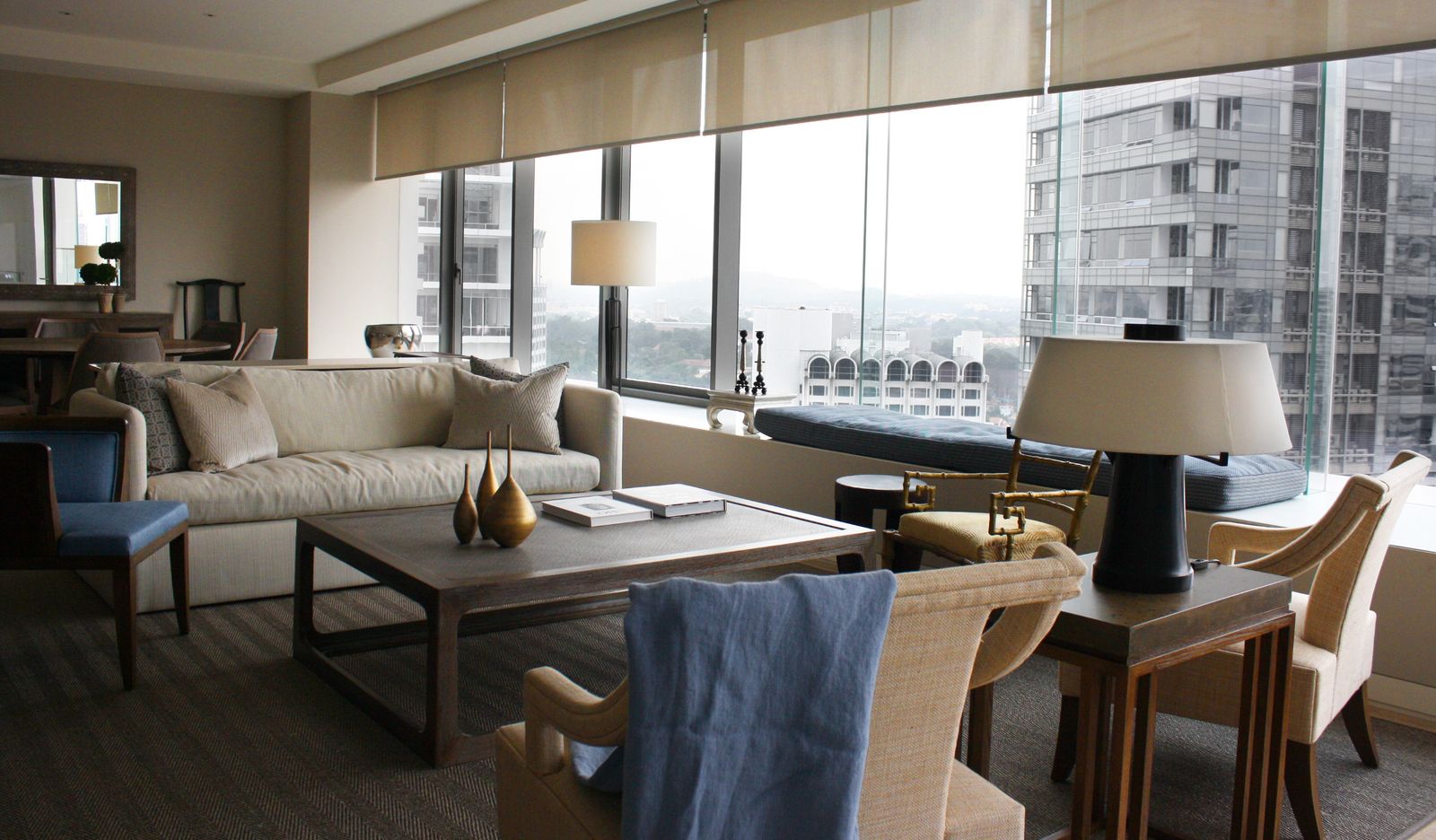
Christopher Noto
Aug 22, 2024
Discover how to use texture to enhance your home’s design with Christopher Noto’s expert tips. Learn how to add depth and dimension through layering textures, textured walls, and selecting textured furniture and accessories.
The Role of Texture in Interior Design: Adding Depth and Dimension with Christopher Noto
Introduction
Texture plays a crucial role in interior design, adding depth, dimension, and sensory interest to a space. Christopher Noto, renowned for his sophisticated and layered designs, understands the importance of texture in creating visually engaging and comfortable environments. This blog post explores Noto’s approach to incorporating texture into interior design and offers practical tips for using texture to enhance your home.
Understanding Texture in Design
The Impact of Texture
Creating Visual Interest: Texture adds visual interest and complexity to a room by breaking up flat surfaces and creating contrast. Noto often uses a variety of textures to create a rich and layered design. For instance, combining soft textiles with sleek surfaces or rough textures with smooth finishes can introduce depth and dimension to the space.
Enhancing Comfort: Texture contributes significantly to the comfort and tactile experience of a room. Noto incorporates soft fabrics, plush rugs, and textured wall coverings to create a welcoming and cozy environment. The sensory appeal of different textures makes the space more inviting and enjoyable.
Types of Texture
Tactile Textures: Tactile textures refer to the physical sensations of materials, such as softness, roughness, or smoothness. Noto often combines various tactile textures, like velvet upholstery, wool rugs, and leather accents, to create a multi-sensory design. Different tactile textures enhance both the comfort and visual appeal of the room.
Visual Textures: Visual textures are created through patterns, finishes, and colors that simulate texture without physical contact. Noto uses visual textures, such as patterned wallpapers, textured paint finishes, and decorative tiles, to add depth and interest to walls and surfaces. These visual textures contribute to the room’s aesthetic without affecting the tactile experience.
Incorporating Texture into Design
Layering Textures
Creating Depth and Dimension: Layering different textures is a key strategy for adding depth and dimension to a room. Noto often layers textiles, finishes, and materials to create a visually engaging and dynamic design. For example, combining a plush velvet sofa with a textured wool rug and a sleek metallic lamp can create a balanced and layered look.
Design Tips: When layering textures, consider the balance and proportion of each element. Noto suggests using a mix of textures that complement each other while avoiding overwhelming the space. For instance, pair a textured throw pillow with a smooth leather sofa or a patterned rug with a plain upholstered chair.
Textured Walls
Enhancing Wall Surfaces: Textured walls can add visual interest and serve as a focal point within a room. Noto often uses techniques such as textured paint finishes, wallpaper with raised patterns, or decorative wall panels to enhance wall surfaces. These textured walls can provide a backdrop for other design elements and add depth to the overall design.
Design Considerations: When incorporating textured walls, consider the room’s color palette and lighting. Noto advises using lighter colors and strategic lighting to highlight the texture and create a subtle, sophisticated effect. Ensure that the texture complements the room’s overall design and enhances the desired ambiance.
Textures in Furniture and Accessories
Enhancing Design Elements: Furniture and accessories offer excellent opportunities to incorporate texture into your design. Noto often selects pieces with unique textures, such as a tufted headboard, a woven rug, or a hammered metal lamp, to add visual and tactile interest. These textured elements enhance the room’s comfort and style.
Mixing and Matching: Experimenting with mixing and matching textures can create a dynamic and engaging design. Noto frequently combines different textures, such as a smooth glass table with a rough-hewn wooden bench or a silky curtain with a textured throw pillow. This approach adds depth and richness to the room while maintaining a cohesive design.
Design Tips and Tricks
Balance and Proportion
Creating Harmony: When incorporating texture into your design, it’s important to maintain balance and proportion. Noto suggests using a mix of textures in a way that enhances the room’s design without overwhelming it. Ensure that textures are evenly distributed throughout the space and complement each other.
Visual Flow: Consider the visual flow of textures within the room. Noto often arranges textures to create a harmonious flow that guides the eye and enhances the overall design. For example, using a textured rug to anchor a seating area and layering complementary textures in accessories and furnishings can create a balanced look.
Personal Touches
Infusing Your Style: Adding personal touches to the textured design can make the space uniquely yours. Noto often incorporates custom textiles, unique accessories, and personal memorabilia to enhance the design and reflect the homeowner’s style. These personal elements create a space that feels both stylish and authentic.
Conclusion
Texture is a powerful tool in interior design, adding depth, dimension, and sensory interest to a space. By following Christopher Noto’s approach and incorporating a variety of textures, you can create a visually engaging and comfortable environment. Whether through layering textures, enhancing wall surfaces, or selecting textured furniture and accessories, thoughtful use of texture will elevate your design and make your home more inviting and stylish.

Design Insights: Tips, Trends, and Inspiration for Your Space
Search ressources

